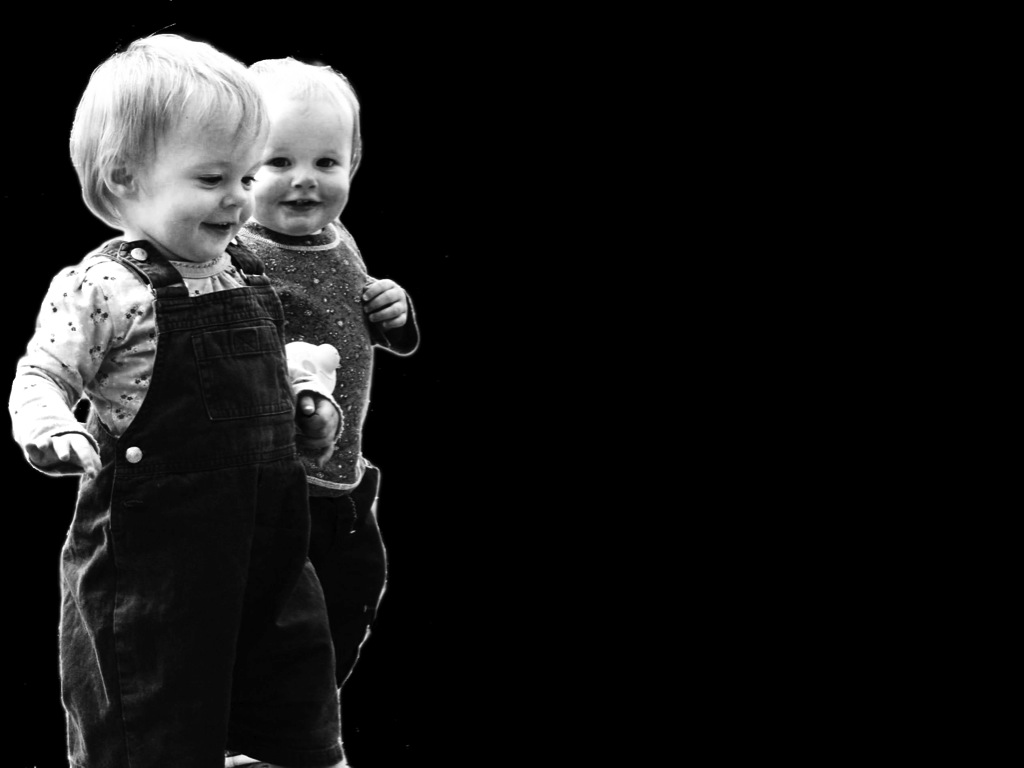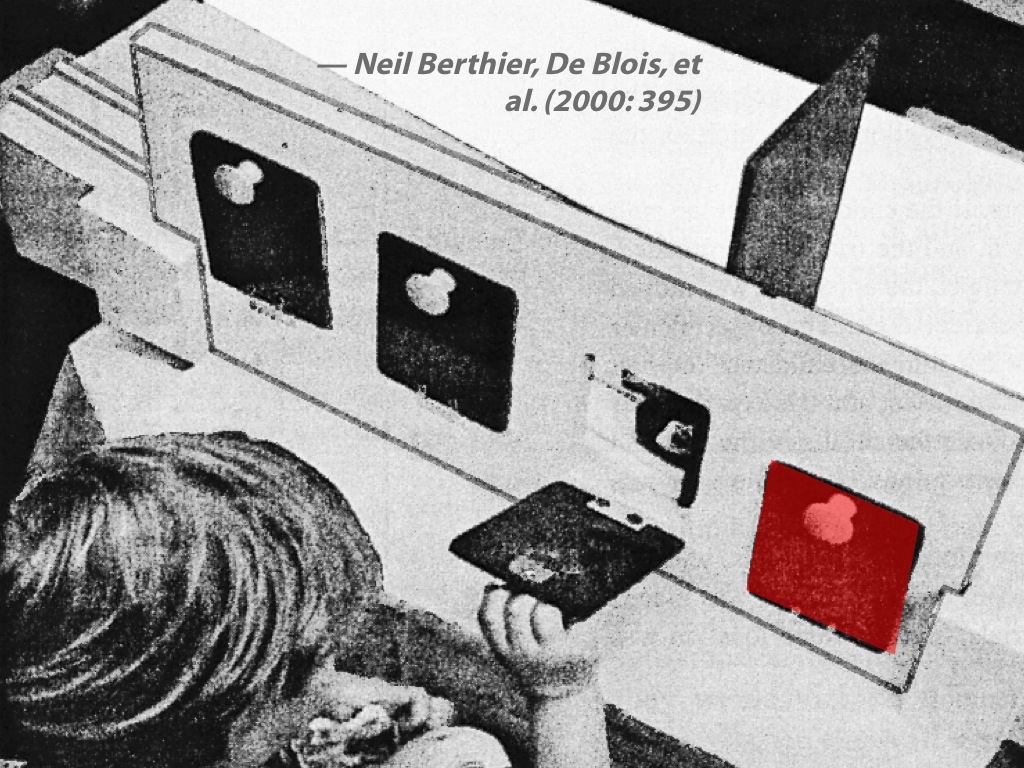Click here and press the right key for the next slide (or swipe left)
also ...
Press the left key to go backwards (or swipe right)
Press n to toggle whether notes are shown (or add '?notes' to the url before the #)
Press m or double tap to slide thumbnails (menu)
Press ? at any time to show the keyboard shortcuts
Mindreading: a Developmental Puzzle

of mindreading.
Two models of minds and actions
Belief model
Fact model
Maxi wants his chocolate.
Maxi wants his chocolate.
Maxi believes his chocolate is in the blue box.
Maxi’s chocolate is in the green box.
Therefore:
Therefore:
Maxi will look in the blue box.
Maxi will look in the green box.
3-year-olds fail false belief tasks
prediction
- action(Wimmer & Perner 1983)
- desire(Astington & Gopnik 1991)
retrodiction or explanation(Wimmer & Mayringer 1998)
select a suitable argument(Bartsch & London 2000)
own beliefs (first person)(Gopnik & Slaughter 1991)
involvement (deception)(Chandler et al 1989)
nonverbal response(Call et al 1999; Krachun et al, 2010; Low 2010 exp.2)
test questions word-for-word identical to desire and pretence tasks(Gopnik et al 1994; Cluster 1996)
A-tasks
Children fail
because they rely on a model of minds and actions that does not incorporate beliefs
Infants’ false-belief tracking abilities
Violation of expectations
- with change of location(Onishi & Baillargeon 2005)
- with deceptive contents(He et al 2011)
- observing verbal comm.(Song et al 2008; Scott et al 2012)
Anticipating action (Clements et al 1994)
looking (Southgate et al 2007)
pointing(Knudsen & Liszkowski 2011)
Helping(Buttlemann et al 2009, 2015)
Communicating(Southgate et al 2010)
non-A-tasks
Children pass
by relying on a model of minds and actions that does incorporate beliefs
A-tasks
Children fail
because they rely on a model of minds and actions that does not incorporate beliefs
non-A-tasks
Children pass
by relying on a model of minds and actions that does incorporate beliefs
dogma
the
of mindreading

| domain | evidence for knowledge in infancy | evidence against knowledge |
| colour | categories used in learning labels & functions | failure to use colour as a dimension in ‘same as’ judgements |
| physical objects | patterns of dishabituation and anticipatory looking | unreflected in planned action (may influence online control) |
| number | --""-- | --""-- |
| syntax | anticipatory looking | [as adults] |
| minds | reflected in anticipatory looking, communication, &c | not reflected in judgements about action, desire, ... |
What is the developmental puzzle about false belief?
A-tasks
Children fail
because they rely on a model of minds and actions that does not incorporate beliefs
non-A-tasks
Children pass
by relying on a model of minds and actions that does incorporate beliefs
dogma
the
of mindreading
Sketchy Idea
Infants have core knowledge of minds and actions.
Core knowledge is sufficient for success on non-A-tasks only.
Infants lack knowledge of minds and actions.
Knowledge is necessary for success on A-tasks.